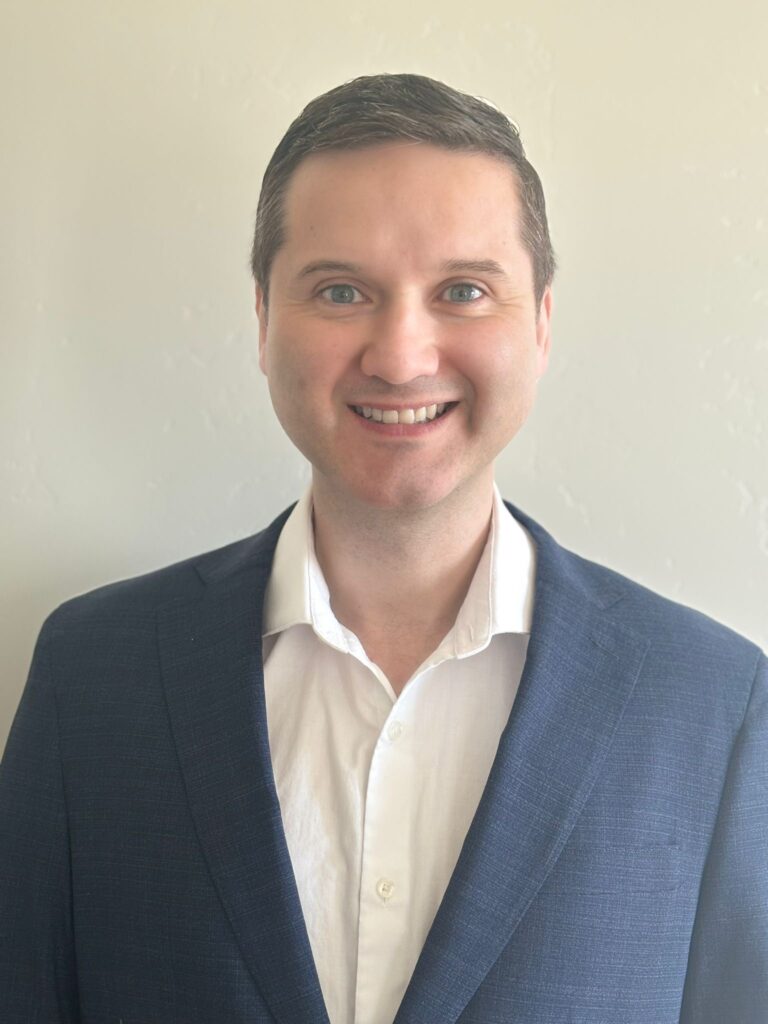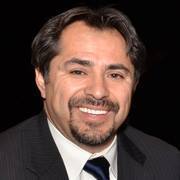Advanced analytics and simulations for the AI era
Unlocking Insights, Powering Decisions: Where Simulation Meets Machine Learning

The know-how to take your business to the next level
With decades of experience in finance, management, and scientific research, we can address complex problems that keep you from taking it to the next level.
AI and science to your service
Use advanced AI and simulations to take your old-fashioned processes to the next level.
Experience
Leverage decades of business and financial experience to boost your business.
See the future
Create advanced computer models for forecasting demand and improving your outcomes.
About us
Our comprehensive suite of professional services caters to a diverse clientele, ranging from homeowners to commercial developers.
George G. Vega Yon, Ph.D.
Dr. George G. Vega Yon is an experienced Epidemiology professor at the University of Utah’s School of Medicine. His work is marked by a multidisciplinary approach, utilizing data science and statistics to analyze complex systems such as social networks, agent-based modeling, and genetics. Dr. Vega Yon is a seasoned data scientist with over a decade of experience in academia and industry. He has developed multiple scientific software packages that have been downloaded over half a million times worldwide and has authored numerous publications in leading scientific journals. Dr. Vega Yon’s diverse educational background, which includes degrees in Business Management, Public Policy, Economics, and Biostatistics from reputable institutions, underscores his comprehensive understanding of the field.


Marco Amigo
Marco Amigo is an Industrial Engineer with a multidisciplinary approach throughout his career, with extensive experience in finance, KPIs generation, and project evaluation. As an Engineer & Business and Administration Executive, he brings over 12 years of expertise in Finance, Business Management, and Logistics, successfully leading teams across South America and the USA, excelling in team building, communication, and problem-solving. He has worked with more than 29 companies across America, the USA, and Canada, improving processes and creating value.
Rod Castillo
Rod Castillo is a seasoned executive with over two decades of experience in business development, technical sales, and strategic market initiatives. Rod has a proven track record of expanding programming to support thousands of entrepreneurs annually and launching successful microloan programs. With a background in electrical and computer engineering from Brigham Young University and an MBA from the University of Utah, Rod has held senior roles in technical sales, achieving top sales accolades and leading multi-million-dollar growth.
Rod is currently pursuing involvement in the field of Artificial Intelligence, including machine learning and deep learning, as well as simulation consulting. Collaborating with a team of specialists, Rod aims to bring innovative AI-driven solutions to businesses, enhancing their operational efficiency and competitive edge. He excels in building strategic partnerships and driving business success through visionary leadership and a deep understanding of technology and market dynamics.

A high-altitude map of WiFi signals in Chile
We were tasked with a major AI project: reduce the risk of mining trucks getting outside the WiFi signal in a high-altitude mine in Chile. Mining trucks are remotely controlled, meaning they rely 100% on the wireless connection. The mining company had a large network of WiFi antennas (towers) across the mining site. Yet, with the continuous change in the landscape and expansion of the project, equipment depending on the WiFi signal for functionality often got out of coverage, meaning that vehicles transporting tons of product could be idle for hours.
We used AI to fix the problem, particularly Deep Neural Network models mixed with spatial statistics. We built a model that could predict the signal quality and error rate at any point in the mine, allowing the engineers to foresee the chances of equipment falling out of the network. The model allowed the company to identify how the signal would change due to the inclusion/exclusion of new WiFi towers or their relocation.